The Mystery of the Leaping Fish
7.2 /10 1 Votes
Duration | 7/10 IMDb Genre Comedy, Short Country United States | |||||||||||||||||||||||||||||||||
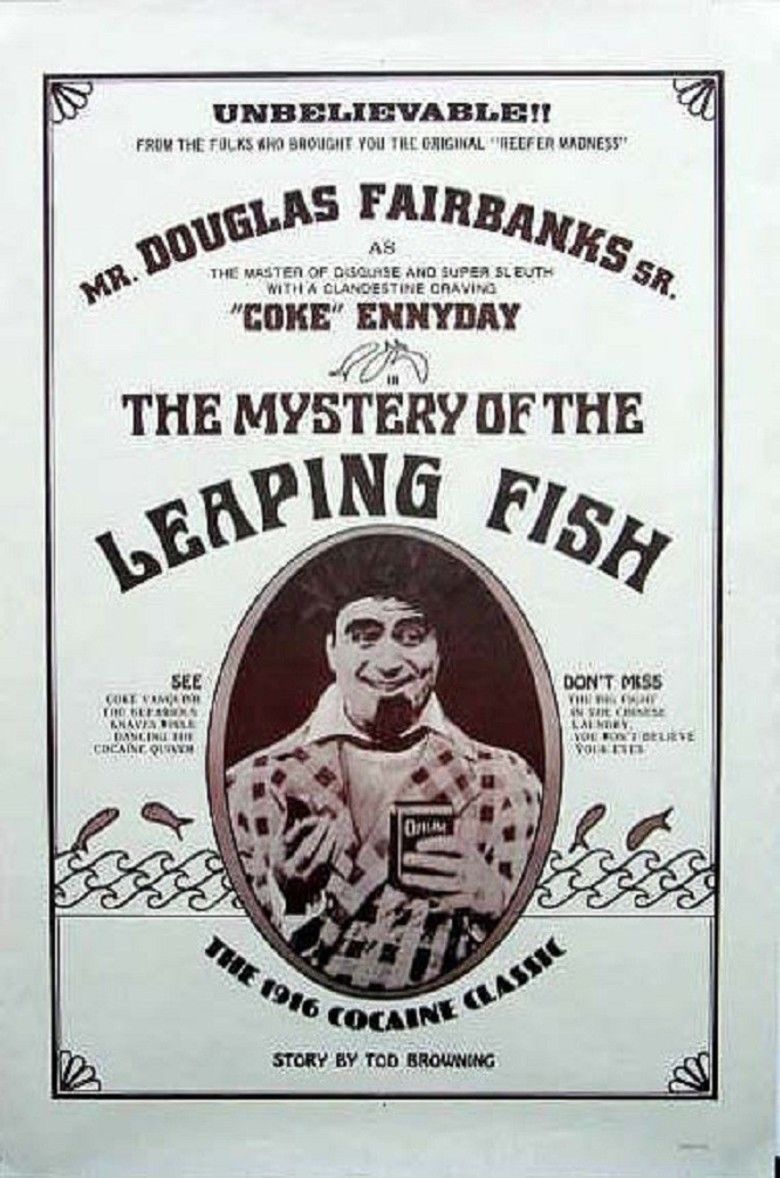 | ||||||||||||||||||||||||||||||||||
Director John EmersonChristy Cabanne Release date June 11, 1916 (1916-06-11) Cast (Coke Ennyday), (The Little Fish Blower), (Gang Leaders Female Accomplice), Allan Sears (Gent Rolling in Wealth), (Japanese Accomplice)Similar movies Pacific Rim , Paperman , Feast , Trap Happy , Mickey and the Seal , Society Dog Show | ||||||||||||||||||||||||||||||||||
The mystery of the leaping fish avi
The Mystery of the Leaping Fish is a 1916 American short silent comedy film starring Douglas Fairbanks, Bessie Love, and Alma Rubens. Directed by John Emerson, the story was written by Tod Browning with intertitles by Anita Loos.
Contents
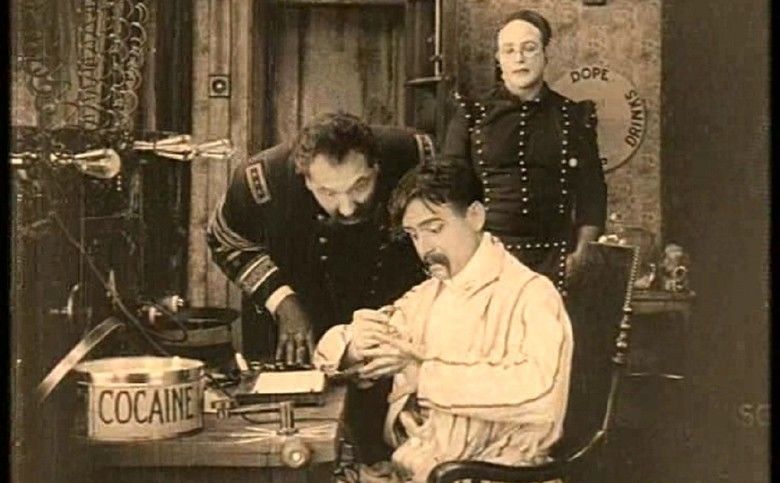
A 35 mm print of the film still exists in its entirety and is currently in the public domain.
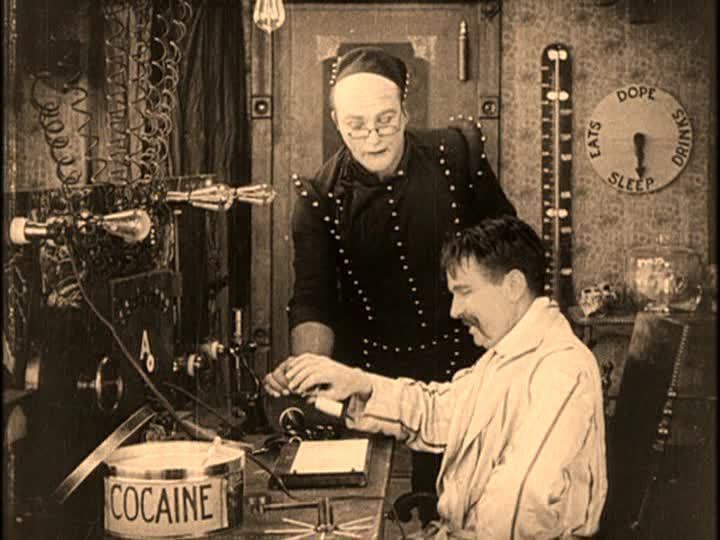
Overview
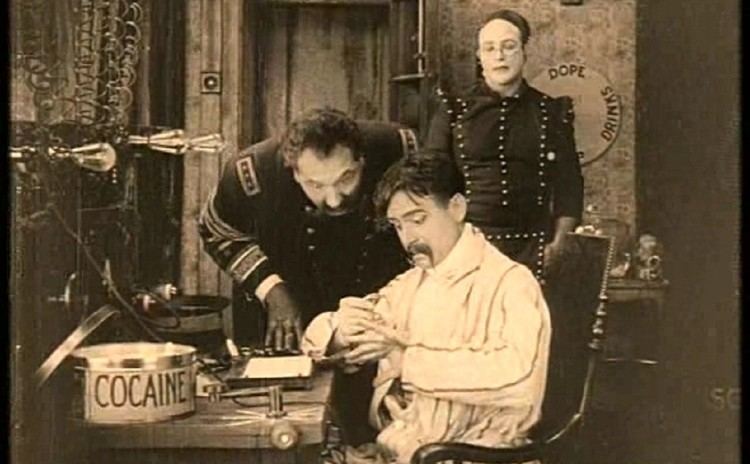
In this unusually broad comedy for Fairbanks, the acrobatic leading man plays "Coke Ennyday", a cocaine-shooting detective who is a parody of Sherlock Holmes. Ennyday is given to injecting himself from a bandolier of syringes worn across his chest, and liberally helps himself to the contents of a hatbox-sized round container of white powder labeled "COCAINE" on his desk.
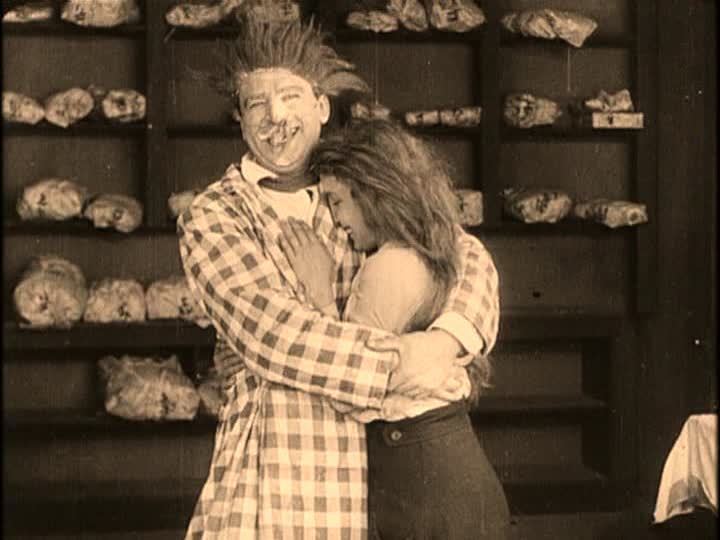
Fairbanks's character otherwise lampoons Sherlock Holmes with checkered detective hat, clothes and even car, along with the aforementioned propensity for injecting cocaine whenever he feels momentarily down, then laughing with delight. A device used for observing visitors, which is referred to in the title cards as his "scientific periscope", bears a close resemblance to a modern closed-circuit television. What is apparently a clock face has "EATS, DRINKS, SLEEPS, and DOPE" instead of numbers.
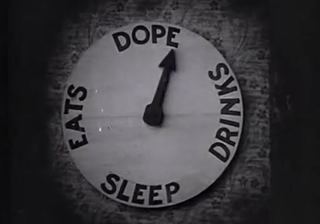
The film displays a lighthearted and comic attitude toward Coke Ennyday's use of cocaine and laudanum. While he catches a gang of drug smugglers, he does so after consuming most of their opium.
Cast
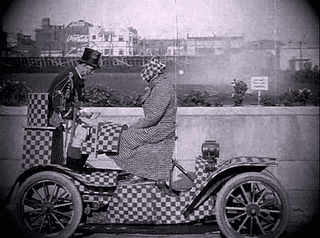
Themes
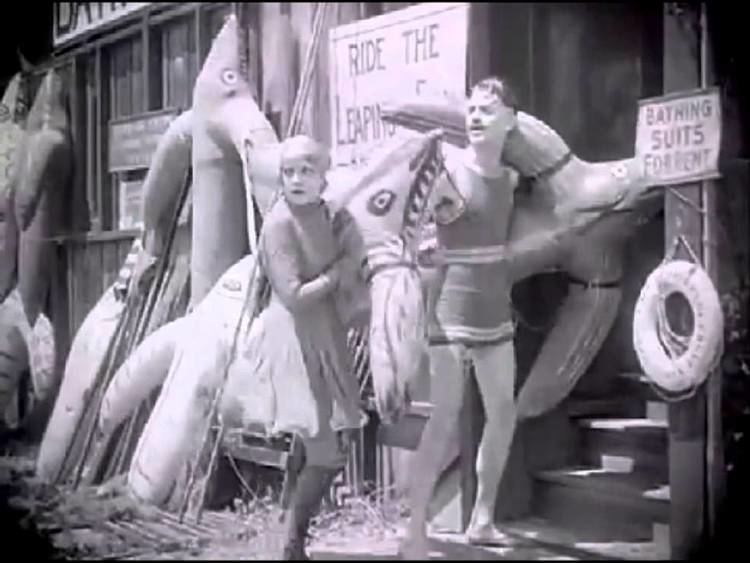
The Mystery of the Leaping Fish was released in 1916, one year before the Harrison Act was enacted. Narcotic prohibition was still a new concept in the United States, and the use of opiates and cocaine was much more socially acceptable than today. Furthermore, the censorious Hays Code would not be instituted for another fourteen years after the film's release. With the introduction of the code, depictions of intravenous drug use were not shown in major motion pictures. During the era of the Hays Code, films that dealt with controversial topics such as drug use were morality plays that illustrate the degradation that surrounds the use of such drugs.
Production
Running a total of 25 minutes, the film was initially shot by Christy Cabanne who was later fired from the production. John Emerson was hired and re-shot the film with the help of Tod Browning.
When filming in Chinatown, the production was attacked by members of the community, because they had not requested to film in the neighborhood.
Reception
The film was a departure for Fairbanks due to the subject matter and the fact that he generally appeared in feature films, not two-reelers. The Mystery of the Leaping Fish was the second film Fairbanks did with director John Emerson, their first being His Picture in the Papers (released in February 1916) which was a hit.
While The Mystery of the Leaping Fish is now considered something of a cult film due its comedic dealings of drug use, Fairbanks hated the film and reportedly wanted to have it withdrawn from circulation. Fairbanks biographer Jeffrey Vance describes The Mystery of the Leaping Fish as "undoubtedly the most bizarre film Fairbanks made" and that the entire scenario is "a hallucinogenic odyssey into the absurd...."
References
The Mystery of the Leaping Fish WikipediaThe Mystery of the Leaping Fish IMDb The Mystery of the Leaping Fish themoviedb.org
